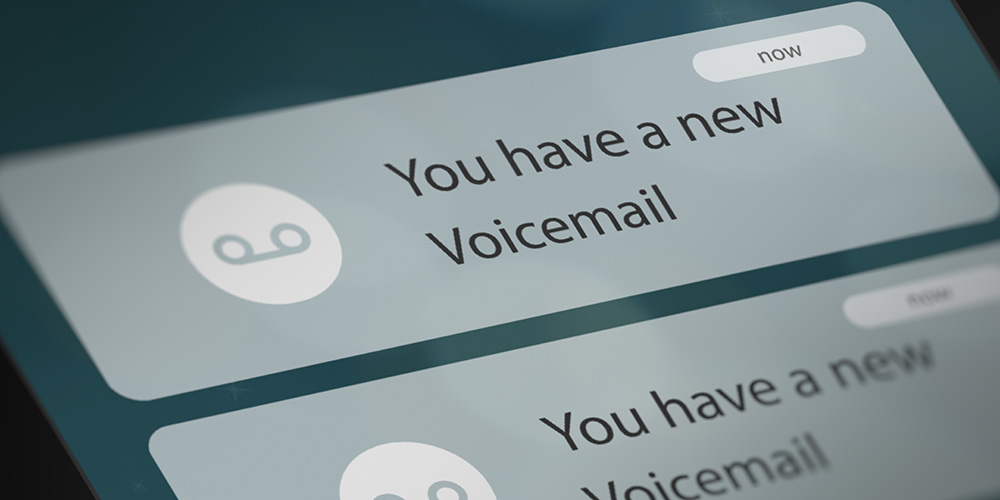Coca-Cola Deletes Voicemail

In a move that has generated a lot of buzz in the UC industry, Coca-Cola recently decided to get rid of corporate voicemail at the company’s Atlanta headquarters. According to an internal memo from Coke’s Chief Information Officer, Ed Steinike, the move was made “to simplify the way we work and increase productivity.”
Although the end of voicemail (like the demise of faxing) has been predicted for many years, the decision by Coca-Cola represents the most visible example to date of this trend at work in corporate America.
The decision by Coca-Cola was explained in terms of improving productivity. But, as noted in a 2013 article in the Harvard Business Review, many managers view voicemail as a liability instead of a productivity tool:
For most organizations, the only people who matter going into voicemail are customers and clients! How smart and customer-centric is that?! Not very. Voicemail’s technical flaws and shortcomings reveal something very important about the customer engagement future. Nobody wants to be put in voicemail anymore and it’s quite likely that customers and clients aren’t listening to your voicemail messages either.
While the perception that most workers don’t use voicemail may be true, I have a slightly different take on the issue. People don’t use voicemail because, frankly, it sucks. I believe that the problem is not about voicemail as a productivity tool, but rather the fact that most voicemail systems today are not user-friendly in the way that smartphones have led us to expect. Who wants to take the time to navigate through a voicemail options menu by pushing buttons?
The answer, is to transform the voicemail user experience into something that works like, and is integrated with, all of your other communications. Smartphones are off to a good start. Unlike your typical corporate desk phone, smartphones show a list of names next to voice mails, similar to text messages, making it easier to choose which ones to ignore, and some UC systems can even convert voice-mail messages into texts that can then be sent via e-mail.
There is a place for voicemail in the enterprise communications landscape, just like there is a place for email, text messages, and video calls. The trick is to combine all of the various media into a single user experience that is efficient and easy-to-use.